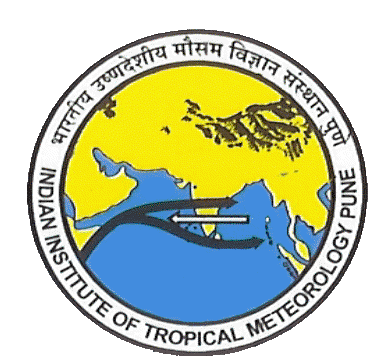
| Cloud Aerosol Interaction and
|  | ||
|
|
Aerosols
While aerosols have been studied for a long time, it was not until the early 1990s that the role of aerosols in climate was widely recognized. Aerosols were identified as a central missing component in most general circulation models that simulated climate changes. It was an "Exploratory phase" of aerosol research. It produced many new findings, major ones include
(1) Solar dimming (2) suppression of precipitation and the slow down of the hydrological cycle (Rosenfield et al. 2001; Ramnathan et al 2001), (3) air pollution (Rosenfield 2000), surface radiation budget (Satheesh and Ramnathan 2000). General circulation model studies have suggested that anthropogenic aerosol forcing could influence the seasonal rainfall distribution in the monsoon regions over South (Ramnathan et al. 2001; 2005, Chung et al. 2005) and East Asia (Menon et al. 2002). Aerosols have been shown to impact monsoon intraseasonal variability through absorption of solar radiation and generating heating at upper levels. Lau et al. (2006) have proposed a hypothesis called "Elevated Heat Pump" for understanding the progression of monsoon onset over India.
The important role played by Asian aerosols on the seasonal, intraseasonal monsoon variability has been widely recognized. There is better understanding of distant effect of aerosols. These findings gave birth to many aerosol-observational programmes in Asia. Some of these are: Joint Aerosol Monsoon Experiment (JAMEX) : 2007-2011 Asia and Indian- Pacific Ocean Project (China); Aerosol Research Project (China); Monsoon Asian Hydro- Atmospheric Science Research and Prediction Initiative (MAHARSHI) (Japan); Atmospheric Brown Cloud Program (ABC) (UNEP); Pacific Aerosol-Cloud-Dust Experiment (PACDEX) (US National Foundation); East Asian Study of Tropospheric-Aerosol: An International Regional Experiment (EASR -AIRE); Stations at High Altitude for Research on the Environment in Asia (SHARE-Asia); Radiation Aerosol Joint Observations-Monsoon Experiments over the Gangetic-Himalayas Area (RAJO-MEGHA) NASA Goddard laboratory.
Demand for Cloud seeding from Indian-Drought Prone regionThe interior part of the peninsular India is rain shadow region. The seasonal monsoon rainfall is lower compared to all India mean monsoon rainfall. The rainfall variability is larger. The region is drought prone. In the prolonged monsoon-dry conditions, there are demands for the cloud seeding operations from the state governments. The cloud seeding programmes with modern technology have been carried out by state governments of Karnataka, Andhra Pradesh and Maharashtra in the years 2003-2005.
|
Helpful Sites |
Related Sites |
IITM Home
Copy Right 2014 Indian Institute of Tropical Meteorology, All Rights Reserved. (Created by Mrs. V. V. Sapre) |